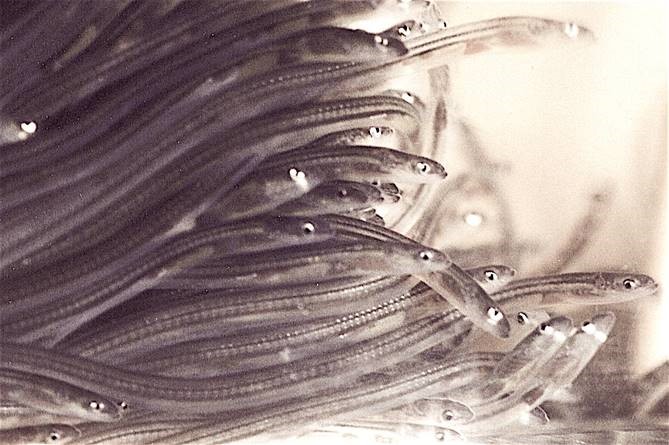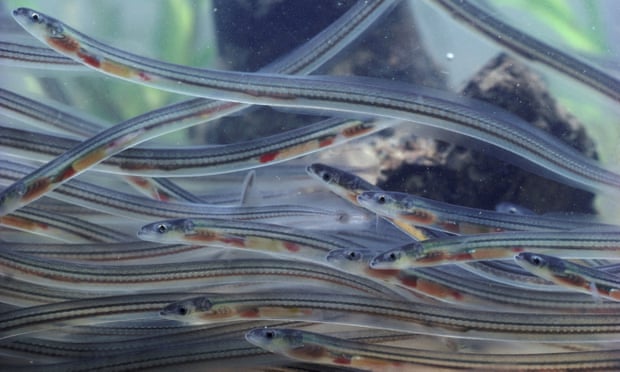20
FEB 2015 
Posted by olle.calles@gmail.com |
Nyheter
The scientific article “Downstream migration of the European eel (Anguilla anguilla) in the Elbe River, Germany: movement patterns and the potential impact of environmental factors” has been published in River Research and Applications. Authors are Florian Stein, Peer Doering-Arjes, Erik Fladung, Uwe Brämick, Barry Bendall and Boris Schröder. In the article’s abstract they write:
“Recruitment of European eels (Anguilla anguilla) has declined to the extent that they have been added to the IUCN Red List of Threatened Species. Therefore, it is critical to ensure that eels complete their outward river migration in order to contribute to the available spawning stock. We conducted a four-year (2007-2011) telemetry study to understand the migratory behaviour and potential impact of environmental factors on the eel during this critical life stage.
Out of 399 female eels tagged with acoustic transmitters, only 28 % demonstrated clear downstream migratory behaviour. Fifty-five percent were detected exhibiting no downstream migration behaviour and 17 % were not detected at any monitoring station. Movement patterns of downstream-migrating (silver) eels were characterised by nocturnal activity and seasonal migration, with distinct peaks in autumn and spring. Migration was often discontinuous and exhibited phases of active locomotion and expanded stopovers. The most important determinants of movement activity were water temperature, cumulative precipitation, and moonlight, although the significance varied by season and location in the river basin.
Our results evidence a discontinuous, stepwise migration over an extended period. Furthermore, our findings indicate that migration success depends on holding duration prior to tagging, and environmental predictors with varying importance depending on the season, as well as the locations of capture, tagging and release.”
If you don’t have access to the article (DOI: 10.1002/rra.2881), get in touch with the authors.






